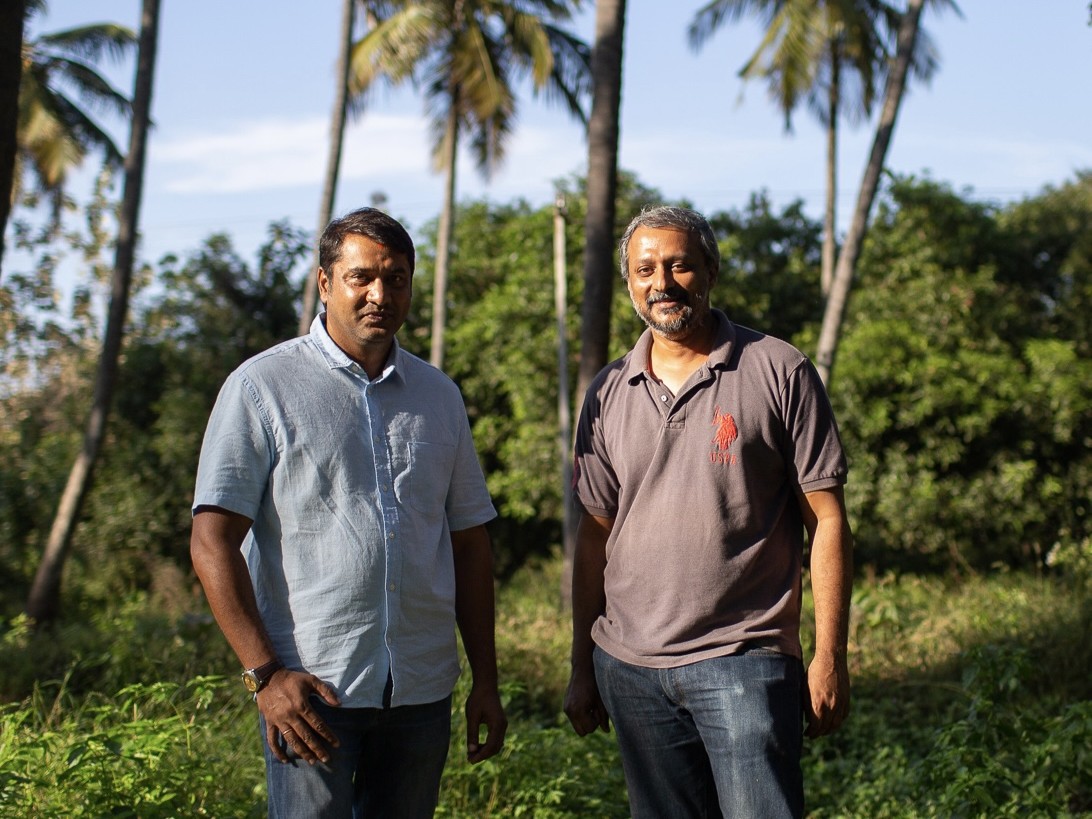These days, to call forth an image of America’s heartland is to summon the sight of a swath of corn stretching into the horizon. But it wasn’t always like that—it was once a patchwork of diversified family farms. In 1971, Earl Butz was appointed secretary of agriculture by President Nixon. Known for his horn-rimmed glasses and surly misdemeanor, the Midwestern conservative heralded a change in the American food landscape. His fierce “get big or get out” campaign nocked the arrow of industrial agriculture that pierced the nation’s farmland.
Throughout his tenure, “King Corn” steadily struck down of New Deal initiatives that supported good land stewardship and protected farmers’ wages, instead advocating for growers to plant commodity crops “from fence row to fence row,” creating a fierce price competition that favored large, commercial operations.
As the rip tide of Big Ag began sucking under small and medium-sized farms, a group of Waldorf educators in the Northeast banded together to raise funds for a farm that they could cultivate biodynamically and use as a place-based learning center for children. “Hawthorne Valley has always been about connection—an enterprise of reconnecting people to soil, to their community, and to their own sense of purpose and higher calling in world,” says Executive Director Martin Ping.
In July 1972, the founders purchased a farm nestled in the small Columbia County hamlet of Harlemville and set out to prove the viability of small and mid-sized farming, while creating an oasis where children, who were growing up in an increasingly materialistic and mechanized culture, could mend their frayed connection to nature. More than four decades later, the organization has all but taken over Harlemville, expanding to include 900 acres and most of the buildings along Main Street.
This piece was written by Marie Doyon and originally published on Chronogram.


